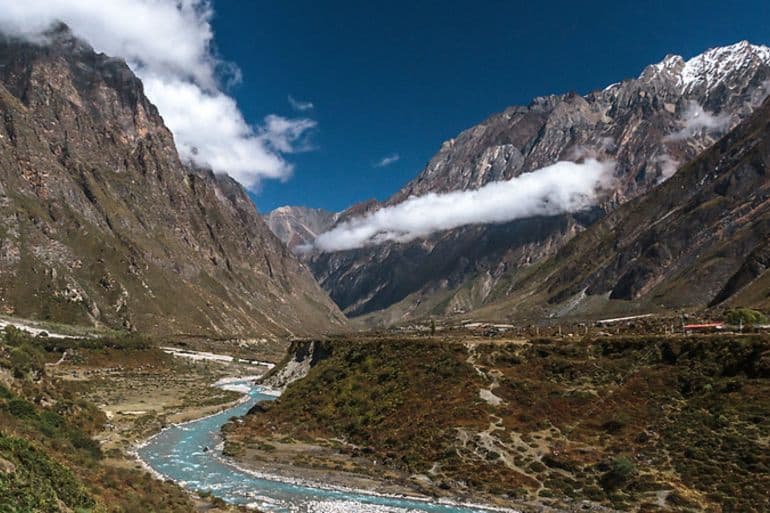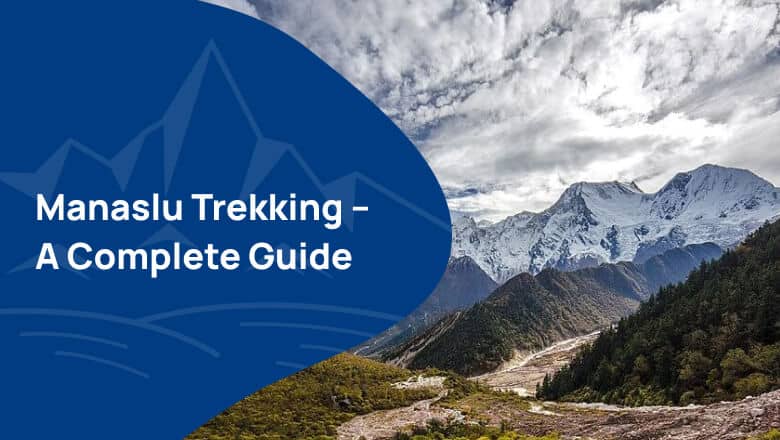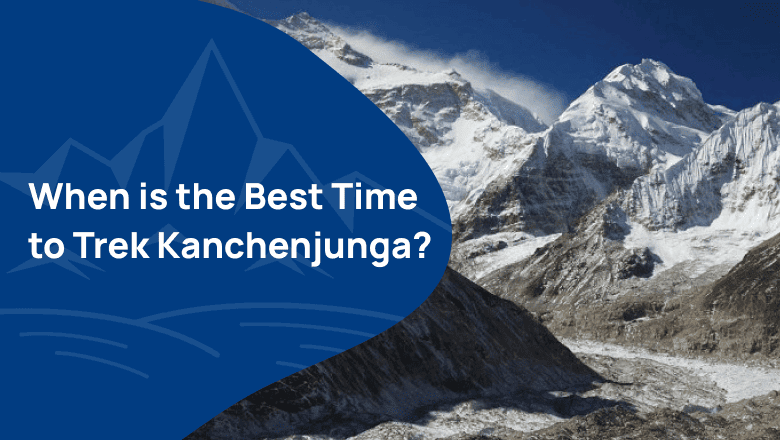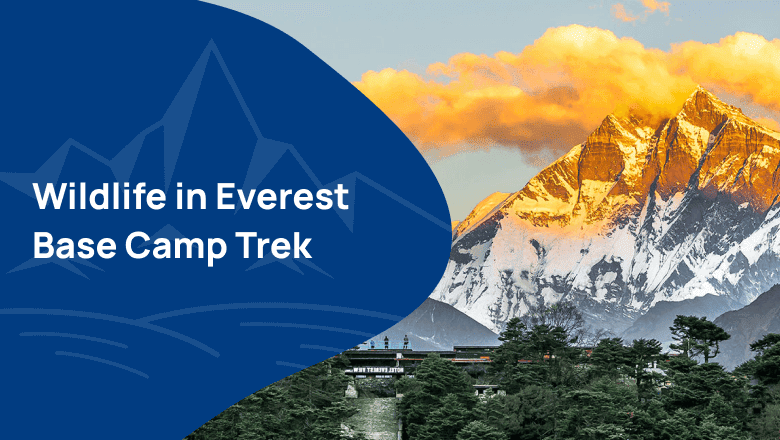Nestled in the central west part of the Himalayas of Nepal, the Manaslu offers a breathtakingly beautiful journey that gives adventurers a unique opportunity to experience stunning landscapes, local culture, remote villages, and high mountain passes, providing an experience that is both challenging and rewarding.
In this guide, we will look closer at the Manaslu trek, providing information from its history, culture, route, accommodation, food, safety, and health to the best time to trek and weather conditions.
Contents
- Manaslu Region
- Why Choose Manaslu Trek?
- Types of Treks You Can Do in Manaslu
- Manaslu Circuit Trek- 15 days
- What are the required permits for Manaslu Trek?
- Best Time to Trek to Manaslu
- Manaslu Trek Route
- Accommodation and Food
- Manaslu Trek Cost
- How Difficult is Manaslu Trek?
- Network and Electricity Availability in Manaslu Region
- Preparing for the Trek
- Trekking Safety and Health
- Conclusion
- Manaslu Circuit Trek- 15 days
Manaslu Region
Manaslu region was named after Mount Manaslu, the eighth-highest mountain in the world, which stands at 8,163 meters. Offering unique culture, with many ethnic groups residing in the area, including the Gurungs, Tibetans, and Tamangs, trekking in the Manaslu region is one of the popular activities.
Manaslu is derived from the Sanskrit word ‘Manasa,’ which means ‘Intellect’ or ‘Soul.’ And the people also call the mountain “Mountain Of The Spirit” or ‘Kang Pungyen’ in the local language.
Additionally, Manaslu was declared a conservation area in 1998 by the government of Nepal, which covers an area of 1663 sq. km. It is home to diverse flora and fauna, including the endangered snow leopard and the Himalayan tahr.
Why Choose Manaslu Trek?
Manaslu Trek is a unique trek, and it offers a different experience from other popular treks in Nepal, such as the Everest Base Camp and Annapurna Circuit. Here are some reasons why you should choose Manaslu Trek:
- The trek is remote and unspoiled, offering a chance to experience the natural beauty of the central west part of Nepal.
- The region is home to many ethnic groups, including the Gurungs, Tibetans, and Tamangs, each with their own unique culture and traditions, making it an excellent opportunity to learn about the local way of life.
- The trek offers stunning views of the Himalayas, including Mount Manaslu and other peaks such as Annapurna, Ganesh Himal, and Langtang.
- The trek is off-the-beaten-path and challenging, offering a sense of accomplishment and adventure for those seeking a more demanding trekking experience.
Do you have any question about trip to Nepal?
Tell us about your trip to Nepal and what you expect from it. We will answer your questions in 24 hours and help you design a trip with a comfortable itinerary to meet your needs best.
Types of Treks You Can Do in Manaslu
There are several types of treks that can be done in the Manaslu region, depending on the trekker’s experience and time available.
Here are some lists of treks through which you can tick mark your bucket list.
1. Manaslu Circuit Trek
The Manaslu Circuit Trek is a 14-16 day trek that takes you through the entire Manaslu region, starting from the village of Soti Khola and ending in Besisahar. The trek offers a chance to witness stunning views of the Manaslu and surrounding peaks while also exploring the local culture and lifestyle.
2. Tsum Valley Trek

The Tsum Valley Trek is a 16-day trek that takes you through the Tsum Valley, which is known for its beautiful landscape, ancient monasteries, and unique culture. The trek starts in Arughat and ends in Soti Khola.
3. Manaslu Base Camp Trek

The Manaslu Base Camp Trek is a 15-day trek that takes you to the base camp of Manaslu, offering a close-up view of the mountain. The trek starts in Soti Khola and ends in Besisahar.
4. Manaslu Rupina-La Pass Trek
The Manaslu Rupina-La Pass Trek is a challenging 19-day trek that takes you through the Rupina-La Pass, offering stunning views of the Himalayas. The trek starts in Gorkha and ends in Besisahar.
5. Lower Manaslu Trek
The Lower Manaslu Trek is a shorter 6-day trek that takes you through the lower region of the Manaslu trek, starting in Arughat and ending in Soti Khola. The trek offers a chance to experience the local culture and lifestyle in a shorter time frame.
What are the required permits for Manaslu Trek?
To trek in the Manaslu region, trekkers are required to obtain three permits:
Manaslu Restricted Area Permit (RAP):
As the Manaslu region falls under restricted areas, trekkers need to obtain a special permit called the Manaslu Restricted Area Permit (RAP) to enter the region. The permit can only be obtained through a registered trekking agency in Nepal and requires a minimum of two trekkers in a group. The permit cost varies depending on the season, with the peak season (September to November) being more expensive than the off-season (December to August).
Manaslu Conservation Area Permit (MCAP)
The MCAP is issued by the Manaslu Conservation Area Project (MCAP) and is required to enter the Manaslu Conservation Area. The permit cost about USD 30 for foreigners and USD 10 for SAARC.
The MCAP is an important permit as it helps to fund the conservation efforts and development programs in the Manaslu region. The permit fees are used for activities such as trail maintenance, waste management, and conservation of the natural resources and wildlife in the area. To obtain the MCAP, trekkers can visit the MCAP office in Soti Khola, the starting point of the Manaslu Circuit Trek, or at the Annapurna Conservation Area Project (ACAP) office in Kathmandu or Pokhara. It’s important to carry the permit with you at all times during the trek and to present it to the authorities when asked.
Annapurna Conservation Area Permit (ACAP):
The Manaslu Circuit Trek falls within the Annapurna Conservation Area, and therefore, trekkers are required to obtain an Annapurna Conservation Area Permit (ACAP). The permit can be obtained at the ACAP office in Kathmandu or Pokhara and costs around USD 30 per person.
It’s important to note that the permit regulations and costs are subject to change, and it’s best to check with the local authorities or a registered trekking agency for the latest updates before embarking on the trek.
Best Time to Trek to Manaslu
The best time to trek in the Manaslu region is during the spring (March to May) and autumn (September to November) seasons. These seasons offer the best weather conditions, with clear skies, moderate temperatures, and dry weather, making it ideal for trekking.
During spring, the trails are blooming with colorful flowers, and the weather is mild, making it an excellent time to trek. Similarly, autumn offers clear views of the Himalayas, and the weather is perfect for long walks, with a mild temperature and a cool breeze.
Winter (December to February) and summer (June to August) are not the best time to trek, as the weather can be harsh and unpredictable. The monsoon season can make the trails muddy and slippery, making it challenging to trek. On the other hand, the winter season brings snow and freezing temperatures, which can be dangerous for trekking.
However, if you are an experienced trekker and are prepared for harsh weather conditions, you can still trek in these seasons. Regardless of the season you choose to trek, it’s always best to check the weather forecast and trail conditions before embarking on your adventure.
Manaslu Trek Route
Passing through the 8th highest Mountain Manaslu (8163m), trekking in Manaslu offers a remarkable experience for every adventurer. One of the most popular treks in the region is the Manaslu Trek, often called the Manaslu Circuit Trek, which encircles Mt. Manaslu.
Here is an overview of the Manaslu Circuit trek itinerary, which is not set in stone but rather a suggested route. Some trekkers prefer to stay in alternative villages along the way or add an extra acclimatization day at Samdo. It’s worth noting that trekking distances and times are approximate.
Day 1: Kathmandu to Soti Khola – The trek starts with an 8-hour drive from Kathmandu to Soti Khola.
Day 2: Soti Khola to Machha Khola – The trek starts with a gentle climb through the forest, passing waterfalls, and crossing the Budhi Gandaki River.
Day 3: Machha Khola to Jagat – The trek takes you through the rocky trail and traditional Gurung villages to reach Jagat.
Day 4: Jagat to Deng – The trek takes you through forests and villages, with stunning views of the Himalayas.
Day 5: Deng to Namrung – The trek takes you through a dense forest of rhododendron and pine to reach the village of Namrung.
Day 6: Namrung to Lho – The trek takes you through a steep ascent to reach the village of Lho, which offers stunning views of the Manaslu and other surrounding peaks.
Day 7: Lho to Samagaon – The trek takes you through a picturesque landscape to reach the village of Samagaon, which offers stunning views of the Manaslu and the surrounding peaks.
Day 8: Rest day at Samagaon – This day is for acclimatization and exploring the local culture and lifestyle.
Day 9: Samagaon to Samdo – The trek takes you through a rugged trail to reach the village of Samdo, which offers stunning views of the Tibetan plateau.
Day 10: Samdo to Dharmashala – The trek takes you through a steep climb to reach Dharmashala, also known as Larkya Phedi.
Day 11: Dharmashala to Bhimthang – The trek takes you through the Larkya La Pass, which is the highest point of the trek at 5,160 meters. You will witness stunning views of the Himalayas from the pass before descending to Bhimthang.
Day 12: Bhimthang to Dharapani – The trek takes you through a lush forest and traditional villages to reach Dharapani.
Day 13: Dharapani to Kathmandu – The trek ends with a 9-hour drive from Dharapani to Kathmandu.
Accommodation and Food
Accommodation and food options along the Manaslu Trek are readily available for trekkers. Most trekkers prefer to stay in teahouses, which are basic guesthouses offering a bed and meals. The teahouses are equipped with basic facilities such as a bed, blanket, pillow, and shared toilet facilities. The teahouses are often run by local families, making them an excellent way to experience the local culture.
In addition to the teahouses, camping options are also available for those who prefer to stay in tents. Camping offers a more isolated and intimate experience with nature but requires a bit more preparation and equipment.
Food options on the trek include traditional Nepali dishes such as dal bhat (rice and lentils), which is a staple meal in Nepal. Additionally, western dishes such as pizza and pasta are also available. I personally recommend trekkers carry some energy bars and snacks to keep themselves energized during the trek.
Manaslu Trek Cost
The cost of trekking the Manaslu Circuit Trek can vary depending on various factors such as the duration of the trek, the type of accommodation, the number of people in the group, and the services included. Here’s a breakdown of some of the major expenses involved in the trek:
- Permit fees: A special permit is required to trek in the Manaslu region, and the cost of the permit varies depending on the season. During peak season (September to November), the permit costs USD 100 per person for the first seven days and USD 15 per person for each additional day. During the off-season (December to August), the permit costs USD 75 per person for the first seven days and USD 10 per person for each additional day.
- Guide and porter fees: Hiring a guide and porter is highly recommended, and the cost of these services can range from USD 20 to USD 30 per day for a guide and USD 15 to USD 20 per day for a porter.
- Accommodation and food: The cost of accommodation and food can range from USD 15 to USD 25 per day, depending on the accommodation type and location.
- Transportation: The cost of transportation to and from the trek starting point can vary depending on the mode of transportation and the distance.
Overall, the total cost of trekking the Manaslu Circuit Trek can range from USD 1000 to USD 2000 per person, depending on the above factors. It’s important to note that these costs are estimated and can vary based on individual preferences and choices. It’s always best to research and plan ahead to ensure a smooth and comfortable trekking experience.
How Difficult is Manaslu Trek?
The Manaslu Trek is considered a moderately difficult trek, suitable for experienced trekkers with some prior high-altitude trekking experience. The trek involves several steep ascents and descents, as well as crossing high mountain passes, including the Larkya La Pass at an altitude of 5,160 meters (16,930 feet). The trail is rugged and can be challenging, with rocky terrain, narrow paths, and occasional landslide-prone sections.
However, most people can complete this trek with proper physical fitness and acclimatization. Therefore, it’s recommended that trekkers prepare themselves by doing regular cardio exercises, such as running or cycling, to build up their endurance. Additionally, it’s essential to rest properly and acclimate to the high altitude to avoid altitude sickness.
It’s also recommended to hire a local guide or porter to help with navigation, carry heavy equipment, and provide assistance in case of an emergency. With proper preparation and guidance, the Manaslu Circuit Trek can be an incredible adventure, offering stunning views of the Himalayan peaks and a chance to experience the local culture and lifestyle.
Network and Electricity Availability in Manaslu Region
The Manaslu Circuit Trek passes through some of the most remote and rural parts of Nepal. As a result, the availability of networks and electricity can be limited and unreliable at times.
Regarding network availability, the lower sections of the trek, especially the first few days from Soti Khola to Jagat, may have poor or no network coverage. As the trek progresses, the network availability may improve, but it’s best to expect limited connectivity throughout the trek. Therefore, it’s always a good idea to inform your family and friends about your itinerary and the expected duration of the trek before embarking on the journey.
In terms of electricity availability, the Manaslu region relies mainly on hydropower for electricity. The lodges and tea houses along the trekking route have electricity, but it’s often limited and available only during certain hours of the day. In some places, lodges may charge extra for charging electronic devices such as cameras, phones, and power banks.
It’s important to note that carrying a portable solar charger or a power bank is recommended, as it can come in handy when there is no electricity available. Additionally, it’s always best to carry spare batteries and memory cards for your electronic devices, as the cold weather can quickly drain the batteries.
Preparing for the Trek
Before embarking on the Manaslu Trek, it is essential to prepare adequately. Here are some things to consider:
- Permits and Regulations – To trek the Manaslu Circuit, you need a special trekking permit and a restricted area permit. You can obtain these permits through a registered trekking agency in Nepal.
- Essential Items to Pack – Some essential items to pack for the trek include a sleeping bag, warm clothes, hiking boots, a water bottle, a headlamp, and a first aid kit.
- Recommended Travel Gear – It is recommended to have a good-quality backpack, trekking poles, a camera, and a portable charger.
- Choosing the Right Trekking Agency – It is important to choose a reliable and experienced trekking agency for your Manaslu Trek. The agency can provide you with a guide and porter, arrange permits and accommodations, and ensure your safety during the trek.
Trekking Safety and Health
Trekking in the Himalayas can be challenging and risky, and it is essential to take safety and health precautions. Here are some tips to ensure a safe and healthy trek:
- Potential Hazards and Safety Tips – Potential hazards on the Manaslu Trek include altitude sickness, landslides, and avalanches. It is recommended to trek with a guide and porter, follow safety guidelines, and be aware of your surroundings.
- Recommended Immunizations and Medication – It is recommended to get immunizations such as Hepatitis A and B, Typhoid, and Yellow Fever before the trek. Medications such as Diamox can also be used to prevent altitude sickness.
- Altitude Sickness and Prevention – Altitude sickness is a common risk while trekking in the Himalayas. It is recommended to acclimatize properly, stay hydrated, and avoid alcohol and smoking.
Conclusion
In conclusion, Manaslu trekking is an incredible adventure that offers a unique opportunity to experience the Manaslu region’s natural beauty, culture, and traditions. From the snow-capped mountains to the lush forests, the trek presents a stunning contrast of landscapes that will leave you awestruck. The cultural experiences along the way are equally remarkable, as you’ll get to interact with the friendly locals and learn about their way of life.
Trekking in the Manaslu region is an unforgettable experience that requires careful planning, preparation, and a reliable trekking agency. Nepal Social Treks is one such trekking agency that can help you plan and organize your Manaslu Circuit Trek. With our expert knowledge, experience, and commitment to responsible tourism, Nepal Social Treks can make your trekking experience in Nepal an unforgettable one.
So, if you’re looking for an adventure of a lifetime, I highly recommend the Manaslu Circuit Trek with Nepal Social Treks. For more information about the trek, please complete the inquiry form below and allow us to address all your questions. Let’s embark on this journey together and create lasting memories that will stay with us for a lifetime.





